Project Overview
PlasticTrace aims to address the urgent need for development and harmonisation of methods for the chemical identification, physical characterisation and quantification of released small micro/nanoplastics (SMPs/NPs) in drinking water, food and environmental matrices, as required by the EU’s Circular Economy Action Plan (CEAP).
In this context, hyphenated and complementary analytical approaches will be developed, optimised, compared and harmonised, leading to the establishment of metrological traceability of measurements through robust validation studies. Novel and environmentally relevant SMP/NP reference materials will be developed within the project. International cooperation with key stakeholders globally will be considered as the basis for a European Metrology network.
Need
Two-thirds of the 359 million tonnes of global plastic produced annually is released into the environment. Here it undergoes complex physicochemical processes, reacting and degrading over time. Larger pieces fragment into small microplastics (SMPs, 0.1 µm–5 mm), then nanoplastics (NPs, 1-100 nm). SMP/NPs accumulate in the environment, including water and soil, and can cross biological barriers, accumulating within organisms. The EU Plastics Strategy has named reducing microplastic release as a key objective for fulfilling the European Commission’s circular economy action plan. Although research has been conducted on microplastics, SMP/NPs are difficult to isolate and detect in environments with high concentrations of other hydrocarbons (e.g., within food) or other particles of similar sizes. This has resulted in a lack of traceable methods for SMP/NP identification, measurement and characterisation. SMP/NPs also tend to have undefined morphologies and a polydisperse nature. Previous studies have used polyethylene/polystyrene, which are inappropriate due to their uniformity and surface coatings, and hence reference materials accounting for these properties are urgently needed.
PlasticTrace will create methods for measuring and characterising SMP/NPs, accounting for composition, size distribution and morphology, and will produce appropriate, realistic reference materials. It will also develop sample preparation methods and create a good practice guide for measuring and characterising SMP/NPs in food and the environment. This infrastructure will enable traceable monitoring of SMP/NPs, supporting decision-making and mitigation measures around plastic pollution. It will also support future technologies, such as biodegradable bioplastics, and improvements to the health impacts of industries such as food packaging and water management.
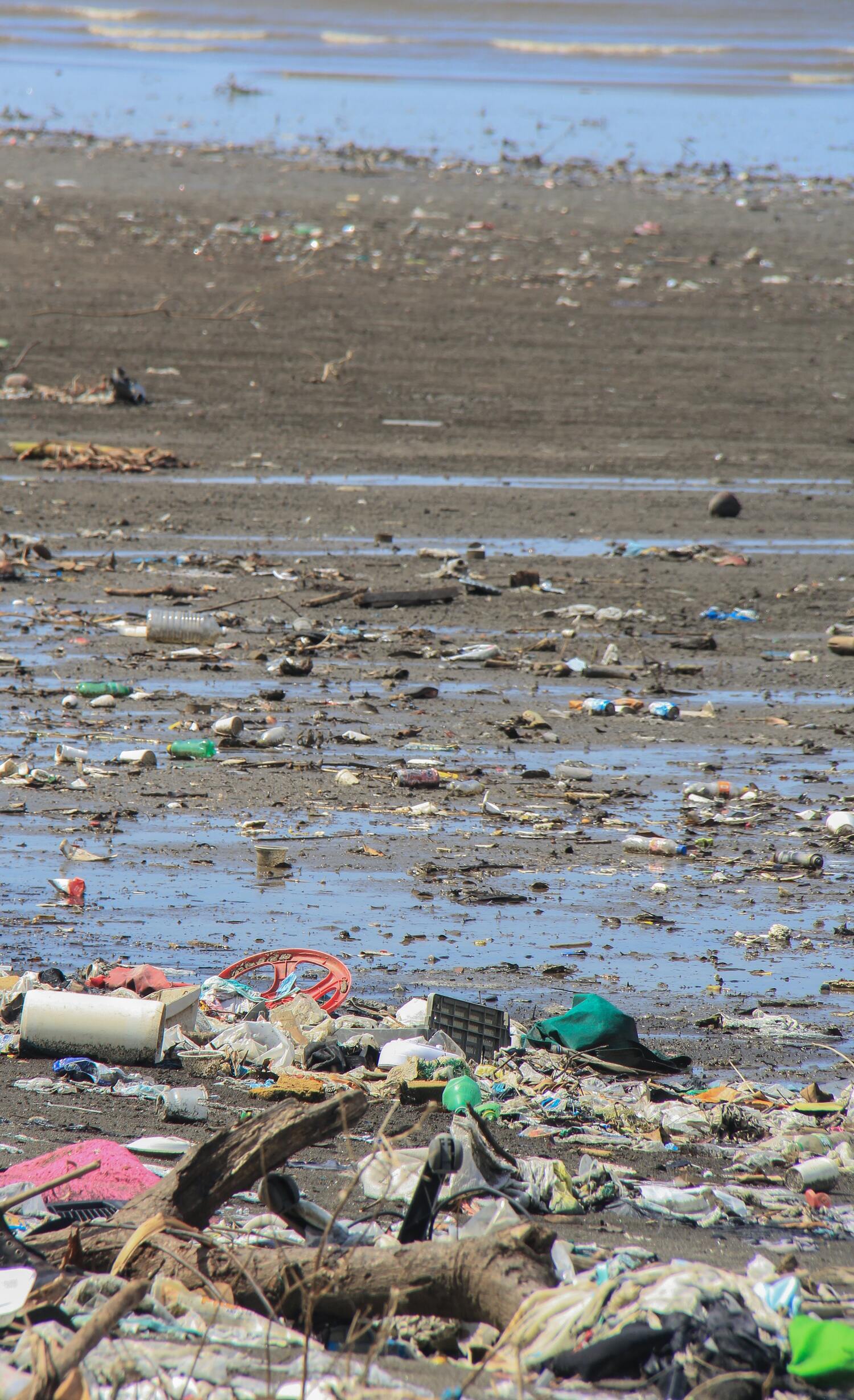
Objectives
The overall aim of this project is to develop international metrological capacity that enables the traceable measurement and characterisation of SMPs and NPs in environmental and food samples and the production of suitable reference materials, according to the metrological requirements.
The specific objectives are:
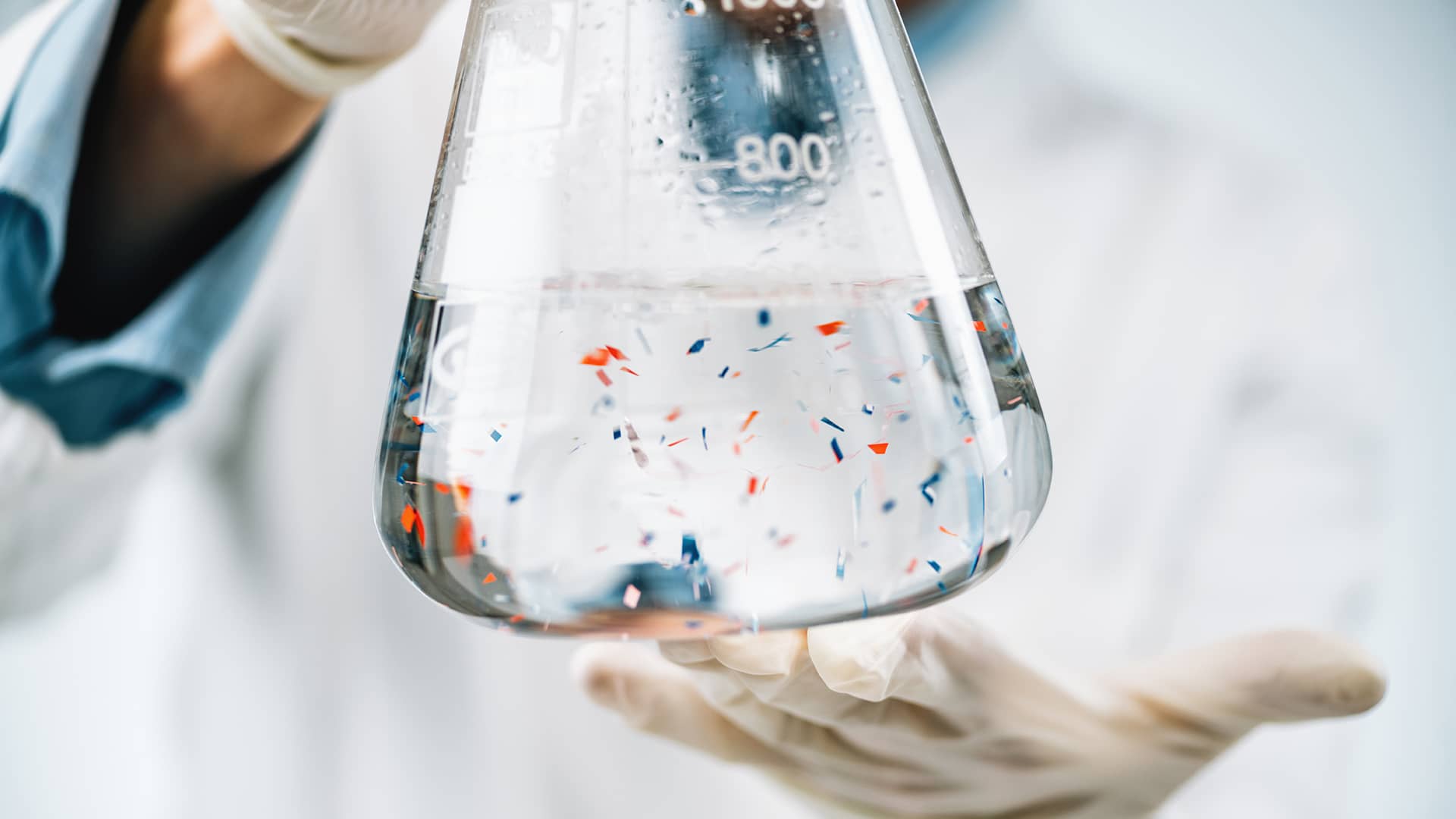
01
To develop pristine SI-traceable reference materials for SMPs (0.1 μm – 100 μm) and NPs (< 0.1 μm), representative of partially degraded/naturally aged samples in complex food and environmental matrices. Realistic polydisperse size distributions and irregular shapes will be investigated.
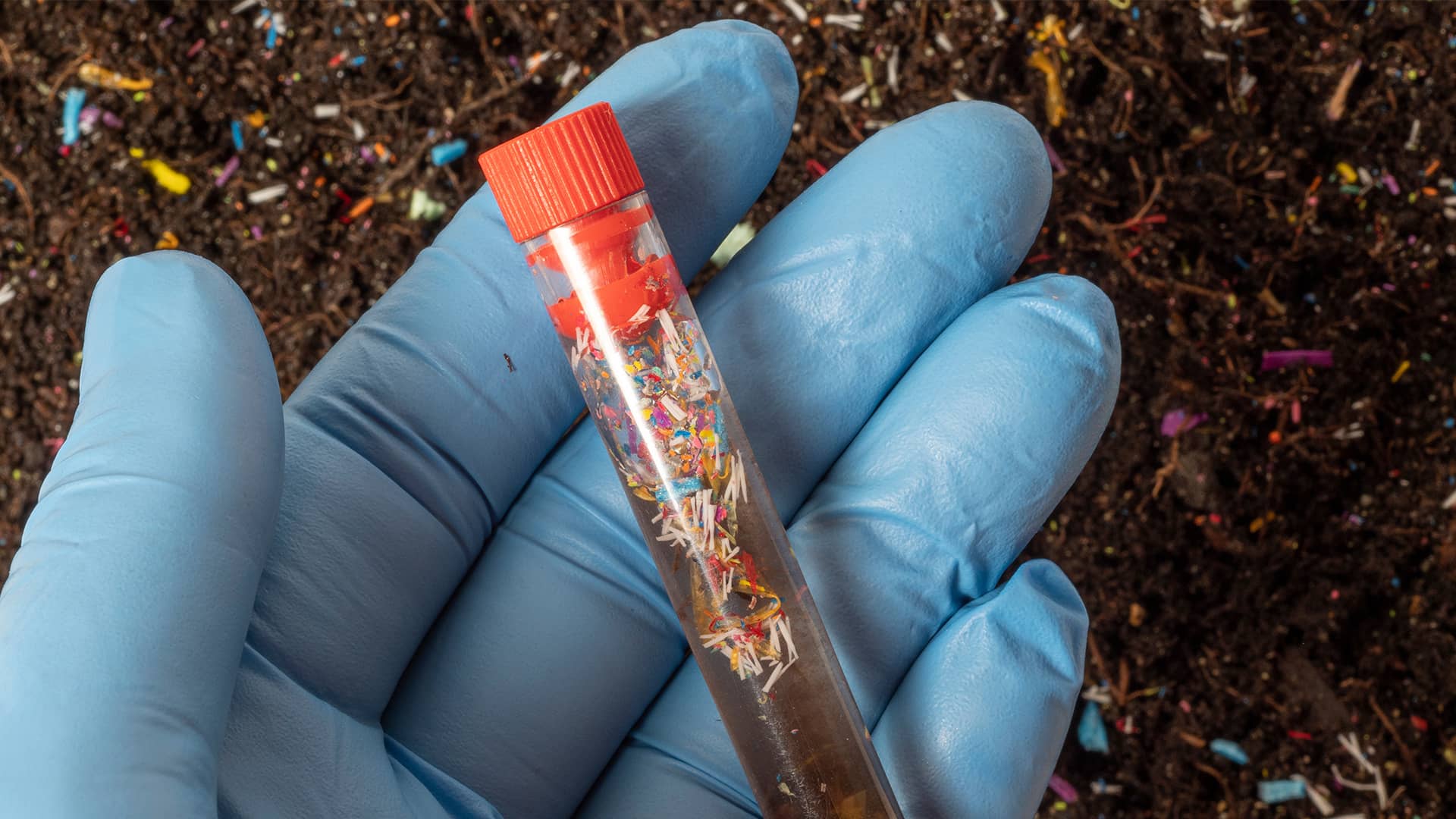
02
To develop accurate and efficient sample preparation methods for the measurement of SMPs and NPs in complex food and environmental matrices (drinking and surface water, sewage sludge and milk). Such methods will include (i) enrichment prior to analysis, (ii) selective removal of natural background organic/inorganic matter, (iii) size fractionation/isolation, and (iv) homogenisation and partition steps. The sample preparation methods will be optimised to demonstrate a negligible effect on the particle characteristics and polymer compositions of samples.
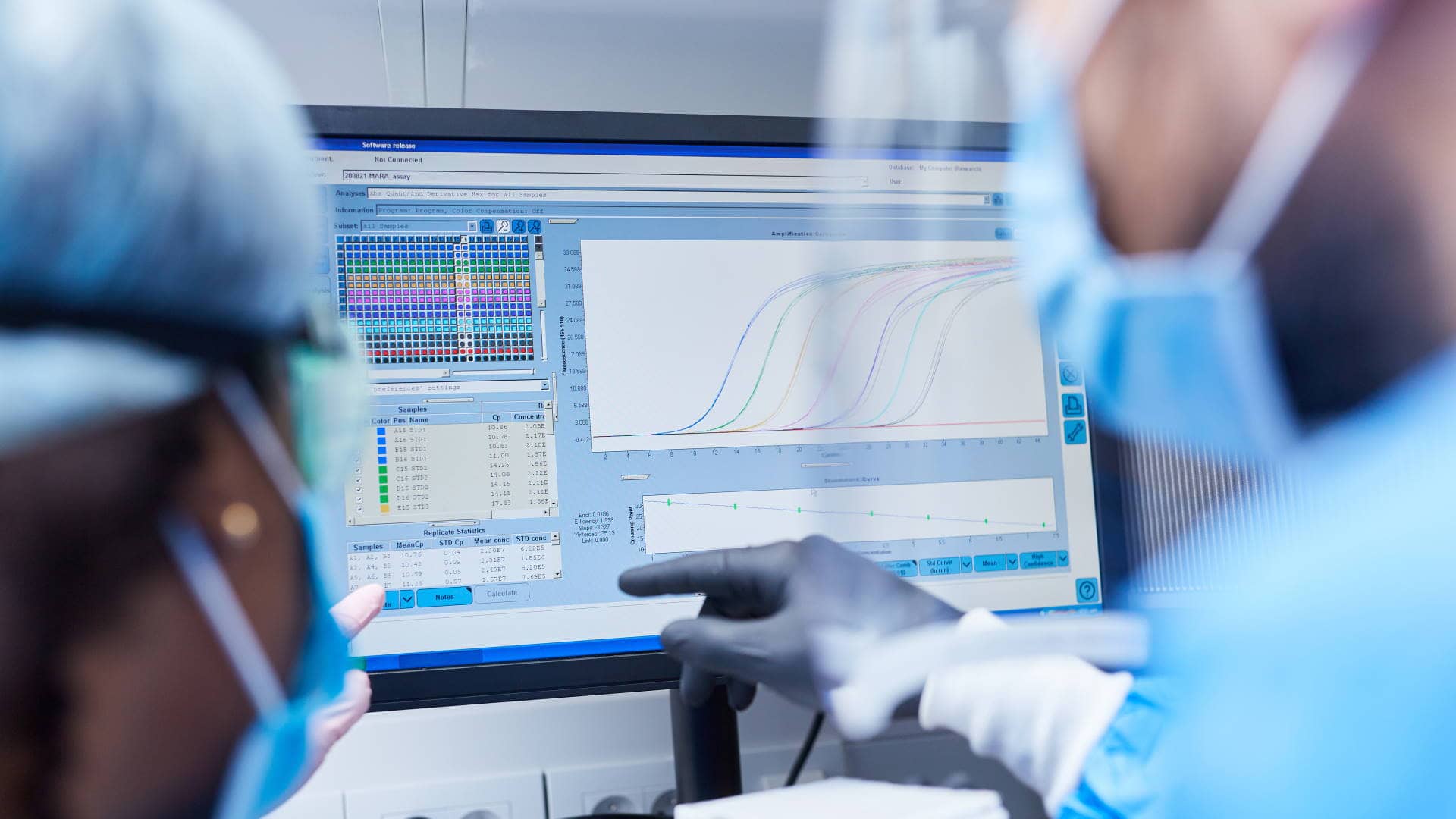
03
To develop accurate and robust methods for the (i) characterisation of chemical identity of the SMPs/NPs polymer type; (ii) physical particle characterisation and quantification, size distribution and particle morphologies; and (iii) quantification of the mass fraction in complex matrices.
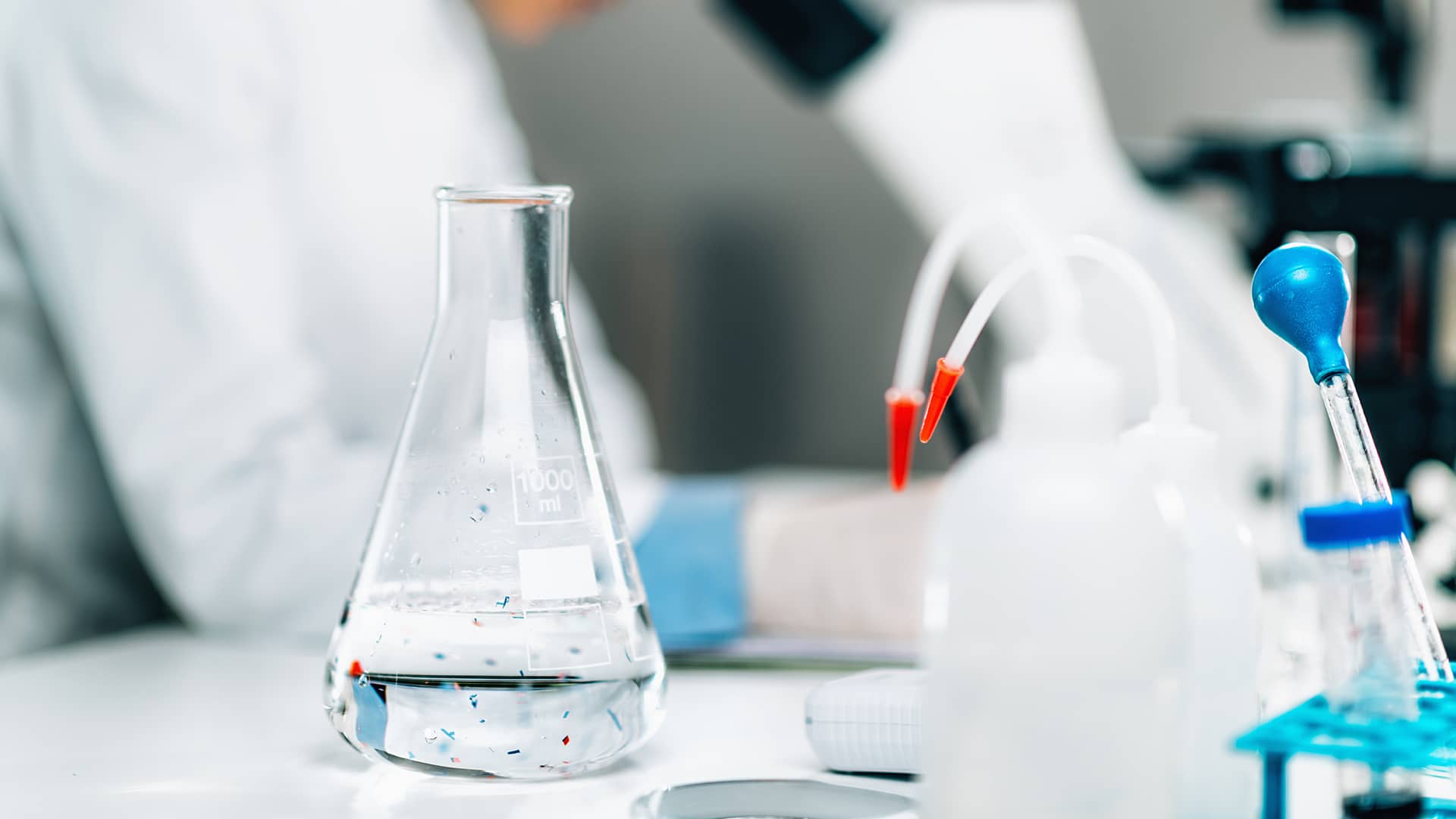
04
To demonstrate the validity and applicability of the methods and reference materials developed in Objectives 1-3 via an inter-laboratory comparison. As part of the comparison, best practice guidance on the traceable measurement and characterisation of SMPs and NPs in food and environmental matrices will be developed.
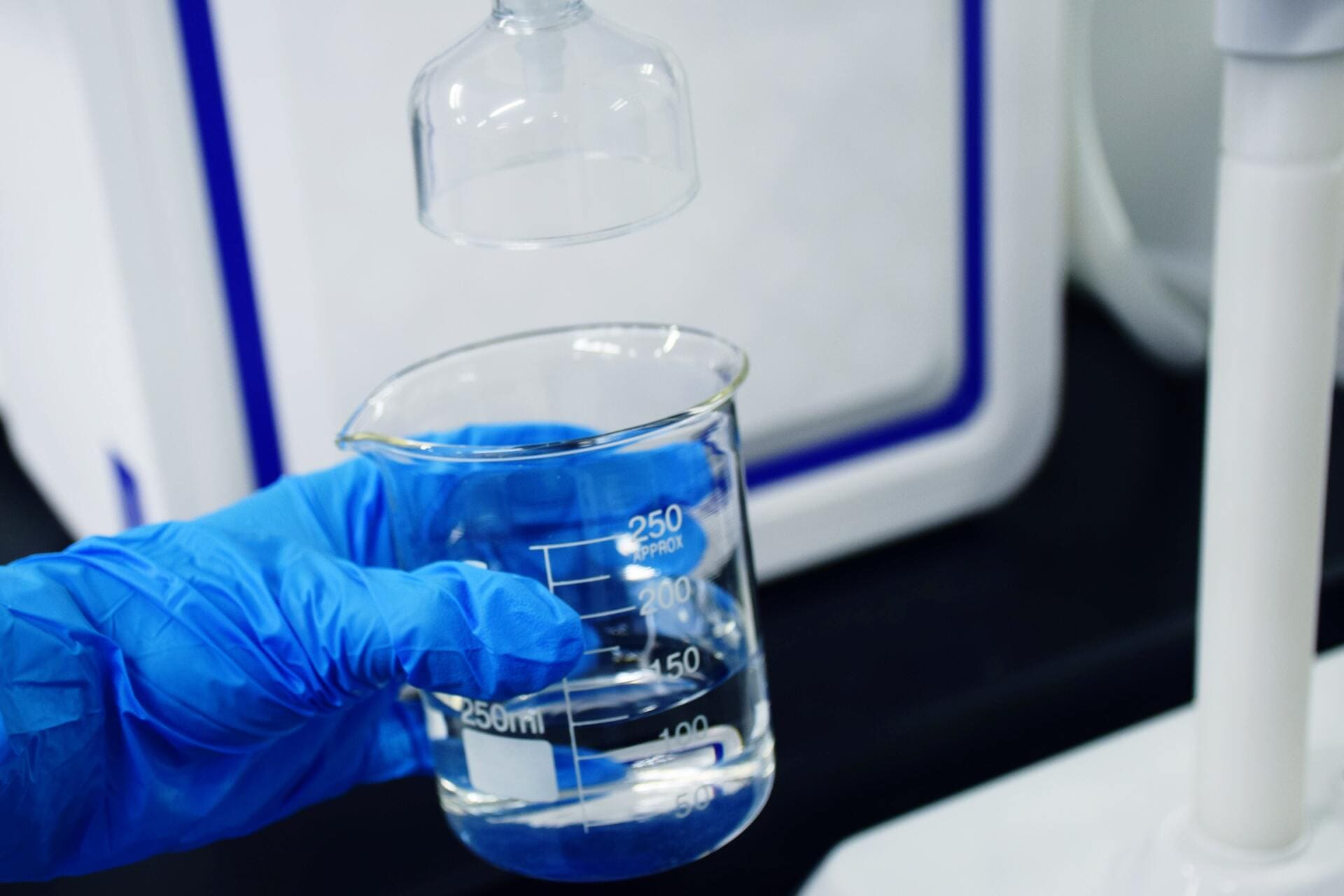
05
To facilitate the take up of the technology and measurement infrastructure developed in the project by the measurement supply chain, appropriate EURAMET’s European Metrology Networks, relevant associations outside of Europe (e.g. National Nanotechnology Initiative USA), standards developing organisations (e.g. ISO TC 229, ISO TC 61, CEN TC 249 and those associated with the Urban Waste Water Treatment Directive (91/271/EU), the Marine Strategy Framework Directive (2008/56/EC) and the Drinking Water Directive (EU) 2020/2184) and end users (e.g. food and drink producers, environmental monitoring programmes and health experts).
